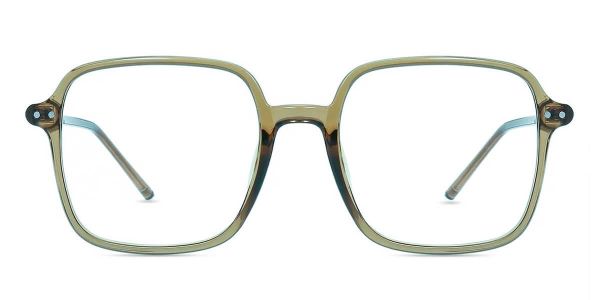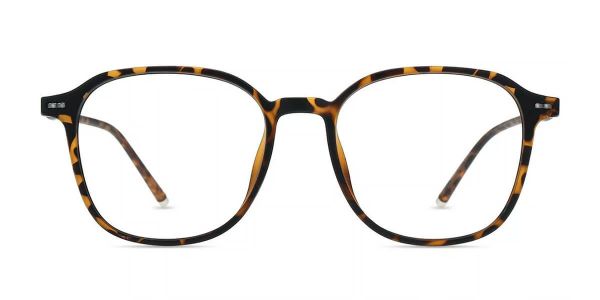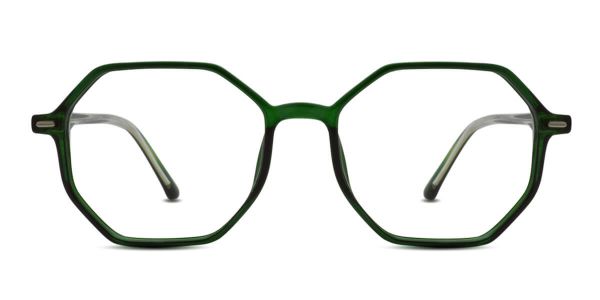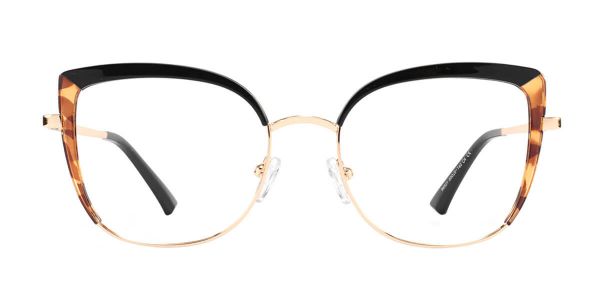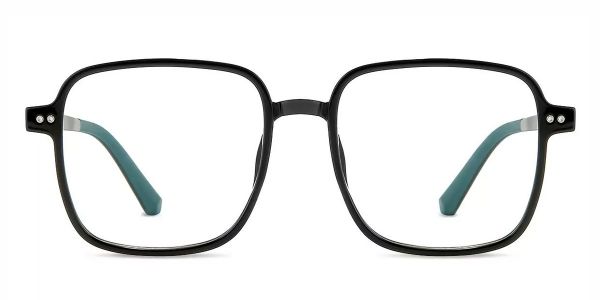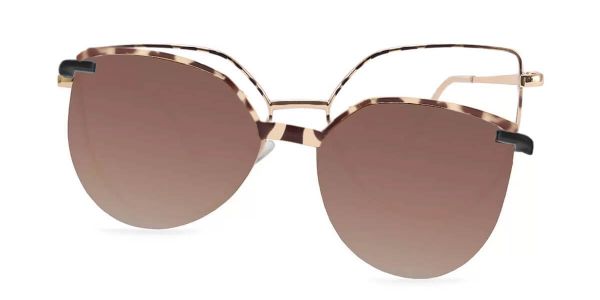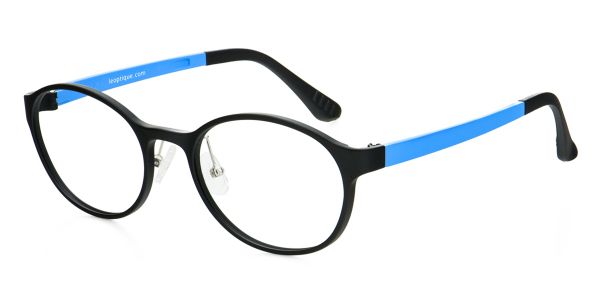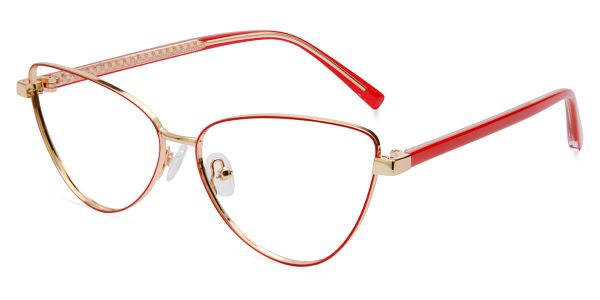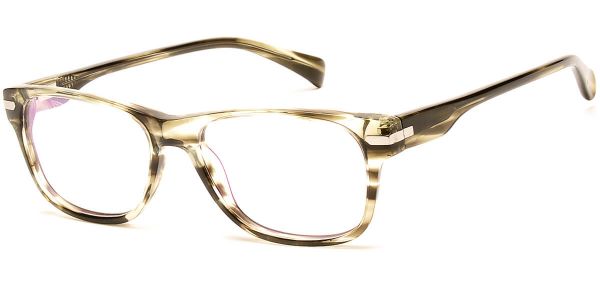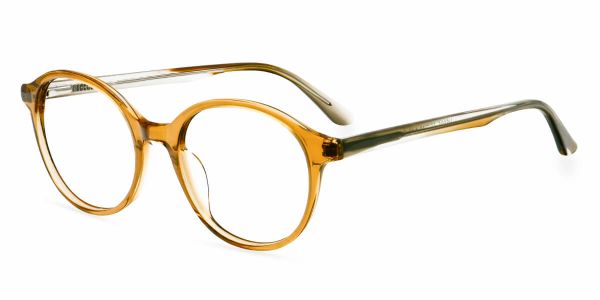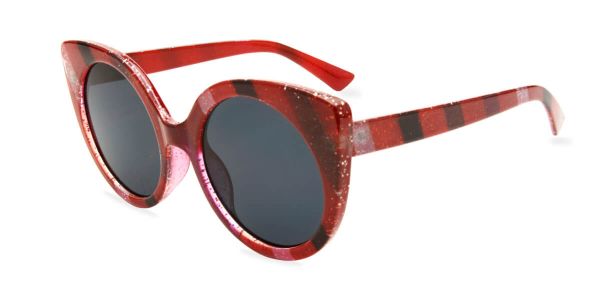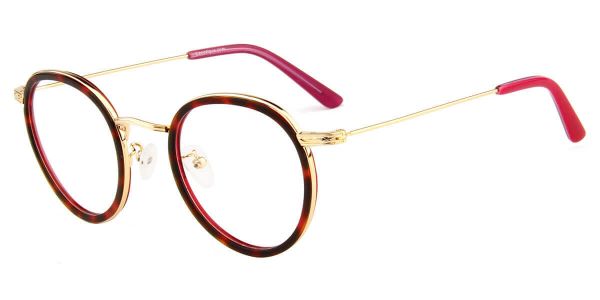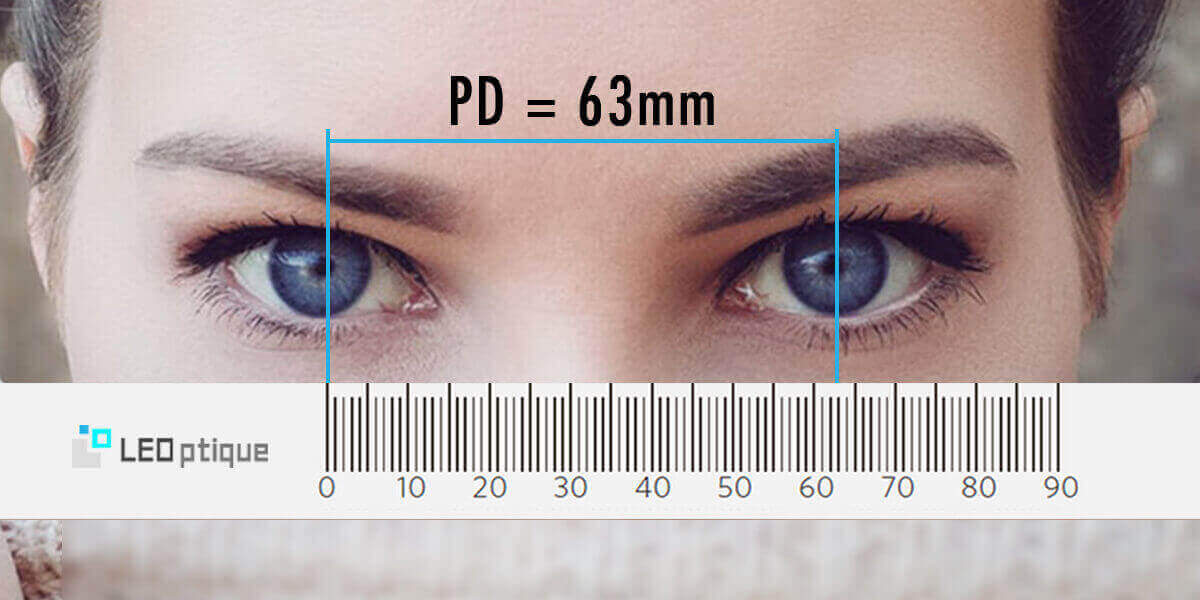
When it comes to selecting and wearing eyeglasses, pupillary distance is a crucial factor. Proper pupillary distance adjustment ensures the alignment between the eyeglasses' optical centers and the pupils, providing a clear and comfortable visual experience. This article will discuss the concept of eyeglasses and pupillary distance, methods for measuring pupillary distance, and why pupillary distance is vital for wearing eyeglasses correctly.
-
The Concept of Eyeglasses and Pupillary Distance:
Pupillary distance refers to the distance between the centers of the pupils in both eyes. In the production of eyeglasses, pupillary distance is an important measurement parameter used to ensure the alignment between the eyeglasses' optical centers and the pupils' centers, resulting in optimal visual performance. -
Methods for Measuring Pupillary Distance:
Pupillary distance can be measured by professionals at eyewear stores or eye care practitioners, or you can perform a preliminary measurement at home using simple methods. Here are a few common methods for measuring pupillary distance:a. Professional Measurement: Eyewear stores or eye care practitioners use specialized instruments to accurately measure pupillary distance. They place a measuring device on your nose bridge and read the distance between the centers of the pupils.
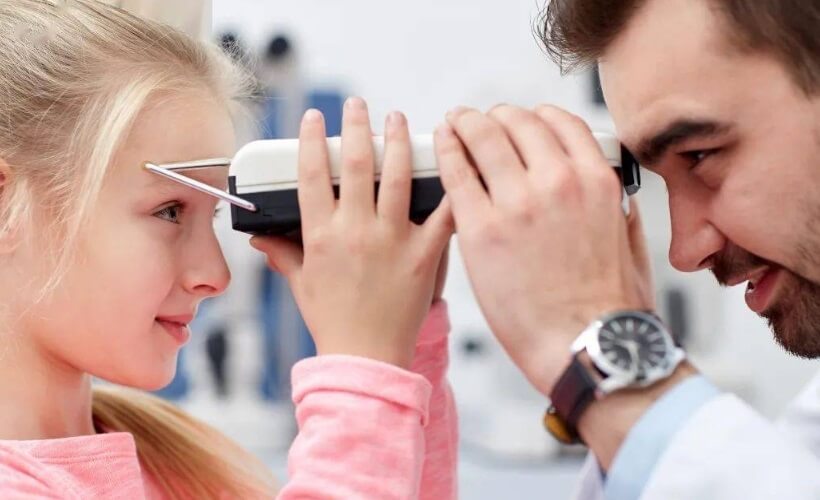
b. Self-Measurement Method: You can perform a preliminary pupillary distance measurement using a mirror and a ruler at home. Place the ruler on the mirror and align it with the center of one eye's pupil, then read the measurement where the ruler aligns with the center of the other eye's pupil. Repeat the process to measure the pupillary distance of the other eye.
-
The Importance of Pupillary Distance for Wearing Eyeglasses Correctly:
-
Proper pupillary distance adjustment is crucial for wearing eyeglasses, as it offers several benefits:
a. Visual Clarity: If the eyeglasses' pupillary distance does not match your own, you may experience visual blurriness or eye fatigue. By ensuring that the eyeglasses' pupillary distance aligns with your own, you can achieve a clearer and more comfortable visual experience.
b. Visual Comfort: Correct pupillary distance adjustment ensures that the eyeglasses' optical centers align with the centers of your pupils, reducing visual distortions and glare. This helps alleviate eye discomfort and enhances the overall comfort of wearing eyeglasses.
c. Eye Coordination: Proper pupillary distance adjustment ensures that both eyes perceive images aligned at the visual center, aiding in better eye coordination. This is important for avoiding eye strain and improving depth perception.
-
Seeking Professional Assistance:
To ensure accurate pupillary distance adjustment, it is recommended to seek professional help when selecting and adjusting eyeglasses. Eyewear stores or eye care practitioners possess the expertise and tools necessary to perform precise pupillary distance measurements and adjustments based on your individual needs.
Conclusion:
Pupillary distance is a crucial factor in ensuring the alignment between eyeglasses and the eyes. Proper pupillary distance adjustment provides a clear and comfortable visual experience while reducing eye fatigue and visual distortions. When selecting and wearing eyeglasses, it is advisable to seek professional assistance to ensure that the eyeglasses' pupillary distance aligns with your own, resulting in optimal visual performance and comfort.
Measure your interpupillary distance

